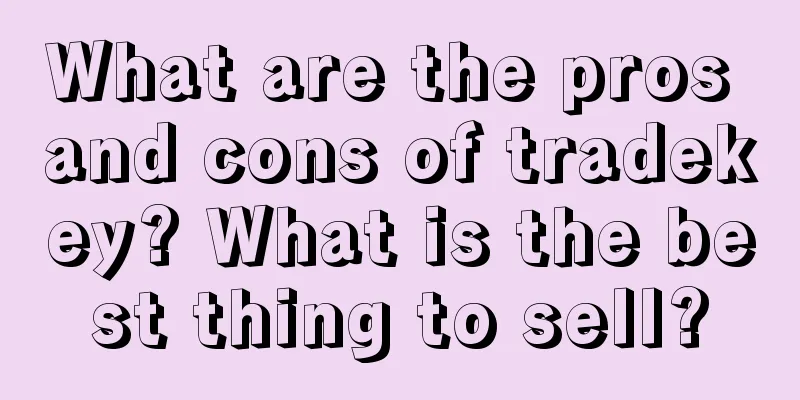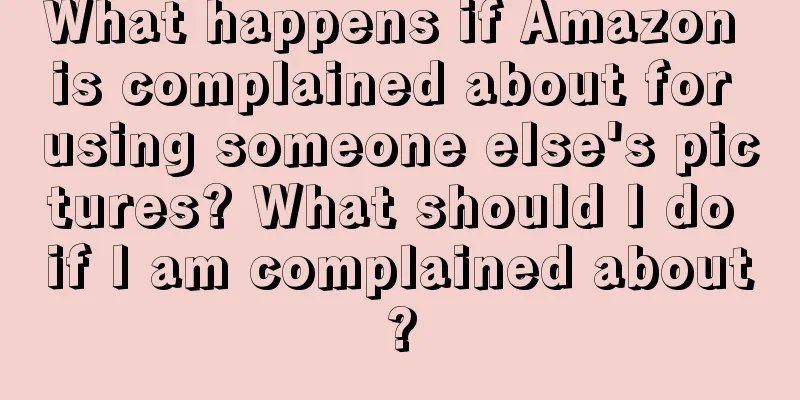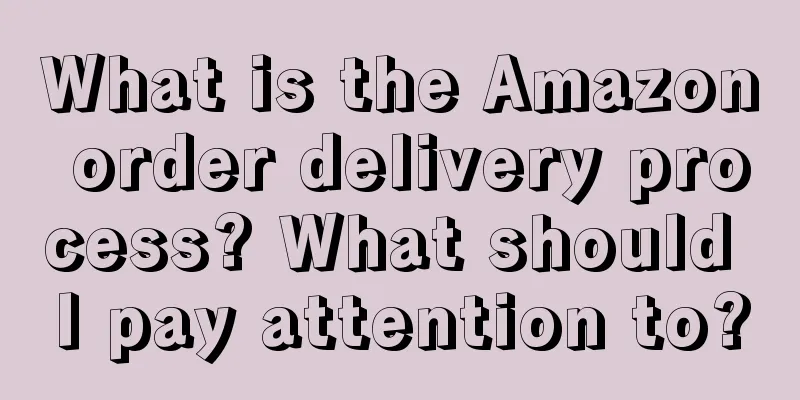Brands, please read this! A guide to avoiding pitfalls in marketing to women

She is here, she is here, the annual Women's Day is here again. Every Women's Day, major brands always come up with unique strategies, hoping to attract female consumers to the greatest extent through various marketing methods. However, in order to avoid homogeneity, it is inevitable that there will be phenomena of going off the mark and overcorrection in the overwhelming marketing, which goes against the expected effect of the brand and instead receives a lot of criticism during the festival. It’s difficult for brands to please everyone during holiday marketing, but by doing their best to avoid pitfalls, they can at least avoid being criticized on “good days”. Recently, the video creator "Pause in Conversation" released the video "How to Avoid Failing in Women's Day Advertising", which won the support of many female consumers. Today, TOP would like to talk about what factors brands should pay attention to when conducting marketing on Women's Day through the failure cases of previous years, so as to avoid falling into the deadlock of [disrespecting women]. 01 They repeatedly emphasize, but there are always voices of disrespectThe definition of "respecting women" is difficult to summarize in one sentence. It is reflected in all aspects of life, but marketing that disrespects women can be summed up in one sentence: no matter how feminists emphasize it, the subjectivity of women is always blurred or even erased in advertisements and copywriting. Last year, an elevator advertisement featuring five female doctors sparked strong disgust among netizens due to its copywriting. "My husband makes me angry, so I drink," "I stay up late to watch TV series, so I drink," "I'm one year older, so I drink," "I drink, five female doctors, it's all your fault"... In the advertisement of five female doctors, the women on the screen shouted the advertising slogans with ferocious faces, which was commented by netizens as vulgar marketing, selling anxiety and disrespecting women. Excerpts from the elevator advertisement of Five Female Doctors As a brand focusing on female consumers, it sells appearance anxiety and age anxiety, which inevitably makes people sigh: What are these five female doctors thinking? The seriousness of the matter is not as simple as being scolded. In addition to vulgar marketing, the five female doctors were also involved in false advertising because they had no registered health products. After receiving complaints from the public, the Beijing Chaoyang District Market Supervision and Administration Bureau also stated, "In response to complaints and reports that Beijing Qingyan Boshi Health Management Co., Ltd. published vulgar advertisements and false propaganda, we have decided to initiate an investigation in accordance with relevant regulations on administrative penalties for market supervision and administration after comprehensive research and judgment." The same problem also occurs with catering brands. On Women's Day last year, Haohuanluo's official WeChat account published an article titled "What Do Women Smell Like?" The title caused dissatisfaction among netizens because it was suspected of objectifying women. Screenshot of Hao Huan Luo article It is worth noting that after clicking on the article and reading it carefully, you will find that the main purpose of the article is actually to wish women a colorful life, but it went wrong because of the witty title. If Haohuanluo’s witty joke was a “small mistake”, then other catering brands’ disrespect for female consumers exposed their lack of regard for the feelings of female consumers through a “joke”. For example, Cha Yan Yue Se’s “sexy marketing” also implies the objectification of women, Yihetang’s copywriting uses the discriminatory metaphor of “the quality of a flight attendant but the price of a lucky village”, and Qie Huang’s previous offline activities’ vision chart treats women as consumer goods… Even though female netizens have repeatedly objected to the brand’s inappropriate marketing copywriting, there are always new brands that repeatedly enter consumers’ forbidden zones and dance on the red spots. Turning our attention to this year, PROYA, which has always been widely praised for focusing on the plight of minority groups, has fallen on hard times for calling for so-called "equality." On March 4, PROYA published a blog post with the theme "Gender is not the boundary, prejudice is". On the occasion of Women's Day, the brand invited real users to express their views and true feelings about prejudice. However, the male expressions that appeared in the blog made netizens question: Since it is a holiday exclusively for women, why add a male perspective? PROYA Blog Content It is true that the main theme of PROYA's slogan "Gender is not the boundary, prejudice is" is to focus on gender equality, but given the current situation where men already occupy most of the social resources, adding a male perspective to Women's Day is still biased. Although PROYA explained the accusations from netizens, judging from the deletion of the blog post, netizens still do not buy into this marketing campaign. Female marketing that lacks insight will eventually lead to dissatisfaction . The reason behind these brands’ repeated mistakes is not only the wrong decisions on advertising themes and copywriting, but also the lack of attention paid to women’s demands. 02 Marketing to women is not marketing to womenHow can brands avoid making mistakes? Women's Day, full name International Women's Day, is a holiday established on March 8 each year to celebrate the important contributions and great achievements made by women in the economic, political and social fields. It is also a holiday to commemorate the struggle for peace, equality and development by women from all countries for more than a hundred years. With the prevalence of the "her" economy, businesses are also focusing on female consumers on International Women's Day, hoping to leverage their purchasing power during this festival. QuestMobile data shows that over the past year, the proportion of women in the mobile Internet has continued to increase to 49.5%. As of January 2024, the monthly active scale of female users reached 608 million, a year-on-year increase of 1.9%. Female users’ percentage & monthly active users Data source: QuestMobile Some people say that a brand that is criticized is still popular no matter how bad it is. However, TOP believes that this kind of eye-catching marketing may bring some traffic, but losing the female consumer market and the brand image will be imprisoned, which is not worth the loss. So how can we avoid any negative impacts when marketing to women on Women’s Day? I hope the following five marketing tips can give brands something to think about. 1. Avoid HimpathyThe Women's Day marketing by PROYA mentioned above is a typical example of Himpathy. Incorporating a male perspective into a festival exclusively for women often squeezes out the space for women to speak out . In addition, slogans like "Help her with housework on Women's Day" and "Give her XXX on Women's Day" also construct women's identity from a male perspective. Perhaps the brand is expressing respect for women's hard work out of "good intentions", but the effect is often counterproductive. 2. Avoid patriarchal marketingFemale marketing from a patriarchal perspective often defines women as objects that have lost their individual independence, such as mothers and wives. This also blurs the subjectivity and agency of women. Although similar stereotyped expressions have rarely appeared in advertisements in recent years, it is still worth noting that brands should pay tribute to women themselves rather than their identities on Women's Day . 3. Avoid flatteryIn the past few years, some consumers believed that the word "women" contained the meaning of "old" and "ugly", and were very resistant to this word. In the past few years, during the Women's Day e-commerce promotions, e-commerce platforms also followed people's ideas and named the promotions "Girls' Day", "Goddess Day" and "Queen's Day". However, with the awakening of women's consciousness, consumers have begun to destigmatize "women", believing that March 8th Women's Day is a holiday for working women and cannot be deconstructed into words with meanings such as flattery or sarcasm . Flatterers with sweet words are no longer popular. During this year's International Women's Day promotion season, some netizens discovered that Douyin banned the use of the term "Goddess Day" and instead used March 8th Festival, returning Women's Day to its essence. Tik Tok avoids using "Goddess Day" 4. Avoid selling anxietyJust like the failure cases of the five female doctors, selling age anxiety and appearance anxiety often ignores the diverse images of women. Whether it is age, body shape or skin, malicious sarcasm should not be used as a target to stimulate consumption. When selling goods, it is often more important to convey positive values to consumers, such as facing their own physical changes calmly . 5. Avoid vulgar objectification of womenBrands should also know that women are people, not objects. Marketing to women is not marketing to women. Copywriting that objectifies women will not only affect the brand image, but also greatly reduce product sales . ConclusionIn her book "Feminism", Li Yinhe defined feminism in her mind - the theories of feminism are complicated, but it all comes down to one sentence: to achieve gender equality among all mankind. Similarly, female consumers do not ask for much on Women's Day or on weekdays, except for the word "respect". In today's era of the female economy, brands should respect women's subjectivity and make good insights before conducting marketing activities. Only in this way can they take advantage of the festival to create a good brand image and open up the female consumer market. Author: TOP Jun Source: WeChat public account "TopMarketing" |
<<: Bilibili has over 100 million short videos, why are they all ghost videos?
>>: 10 money-making insights I acquired in 6 months
Recommend
9 ways to make money by selling clothes on Douyin
If you want to start your own clothing sales busin...
What are the top ten cross-border e-commerce platforms? Share the top ten cross-border e-commerce platforms
The rapid development of cross-border e-commerce h...
How to find hot-selling products on eBay? How to increase traffic?
If you want to do cross-border e-commerce business...
618 has just passed, and small and medium-sized businesses are facing even more difficulties
With the intensive introduction of new regulations...
What does Amazon’s entry fee include? Introduction to Amazon’s entry fee
Amazon's cross-border e-commerce platform can ...
Holding high the banner of store broadcast, Xiaohongshu breaks through 618
Why can Xiaohongshu hold high the banner of stores...
What is easy to sell on Shopee Taiwan? What is not easy to sell?
Cross-border e-commerce is a very hot and promisin...
How to improve Amazon's natural ranking? How to stabilize the ranking?
For sellers, if they want to get more traffic and ...
The public account [Content Boost] is in internal testing, and the traffic is coming!
WeChat official accounts recently launched a new f...
Big companies are creating a new wave of short dramas
This article mainly tells about how major Chinese ...
“Internet celebrity cities” take turns to become popular, who will represent local life?
Recently, many "Internet celebrity cities&quo...
How much money can you make by using the “Quick Version” APP for a day?
In recent days, many people make money by using th...
What will happen if Shopify does not renew? How much money is needed to run Shopify?
Shopify's subscription model allows merchants ...
How can the marketing department enhance its own value?
What value can a company's marketing departmen...
8 sentences worth collecting in January
January is over, let’s take a look at the wonderfu...









